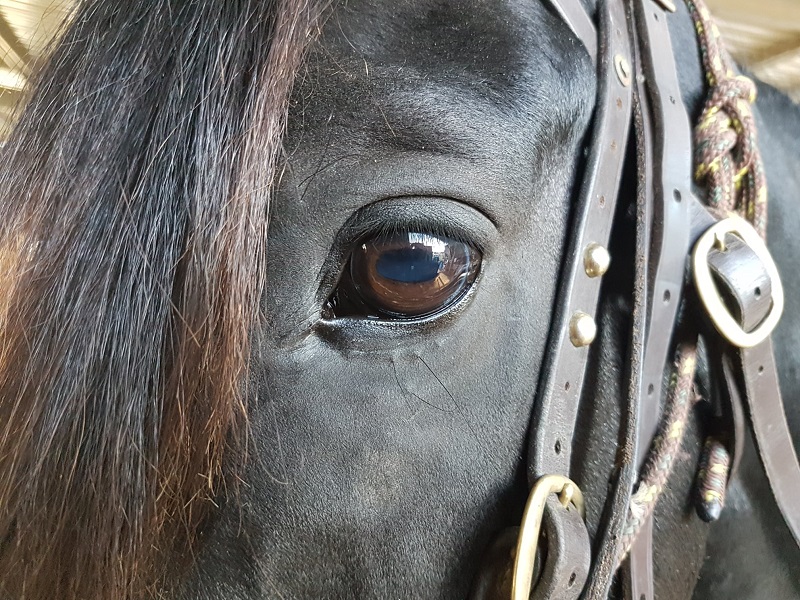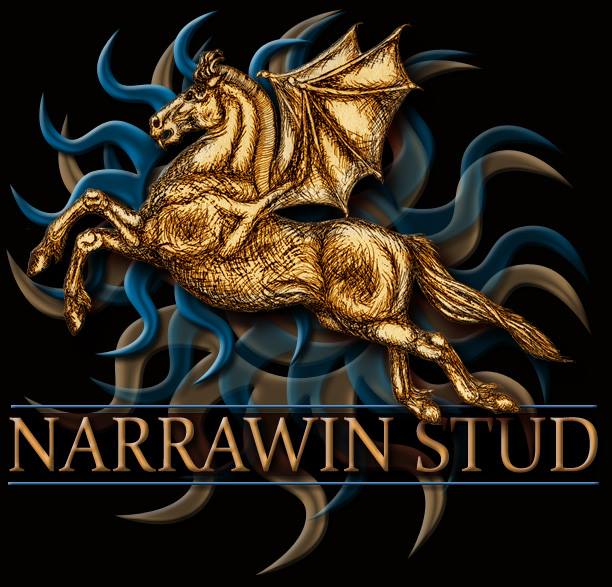Socialising stallions
#Romeo #education #stallions #Morgan
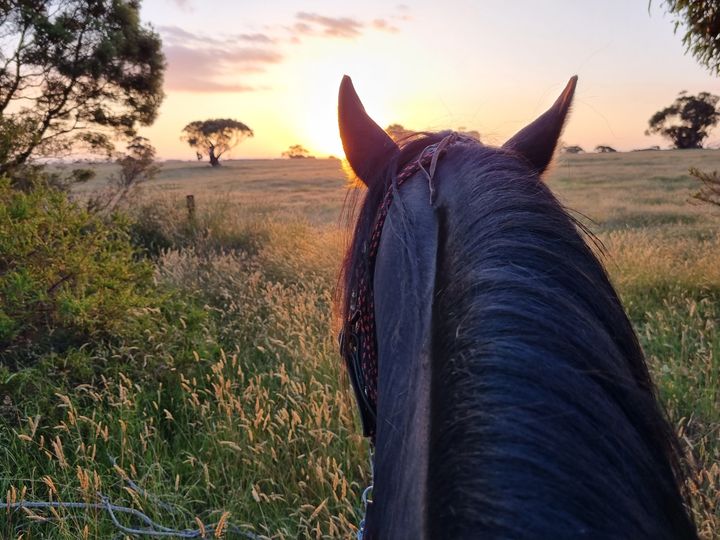
My thoughts on the importance of socialising stallions as part of their working career.
Yesterday, Romeo and I had a bit of a play with a flag and a ride afterwards. While I was out riding, I thought I might document some of my thoughts around stallions, and the need to balance their social needs with my needs as a rider. I had taken some photos while we were hanging out before the ride, to help document what I’m trying to say. But I will also include pictures from other occasions.
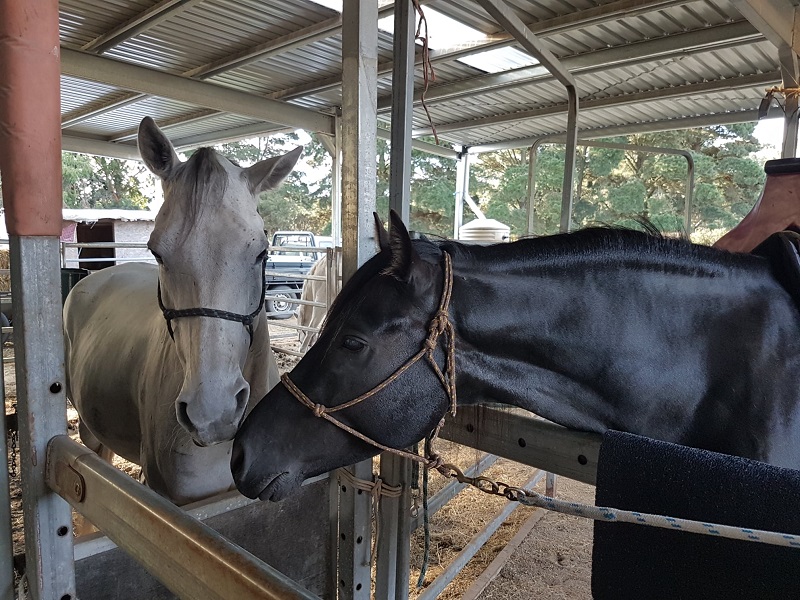
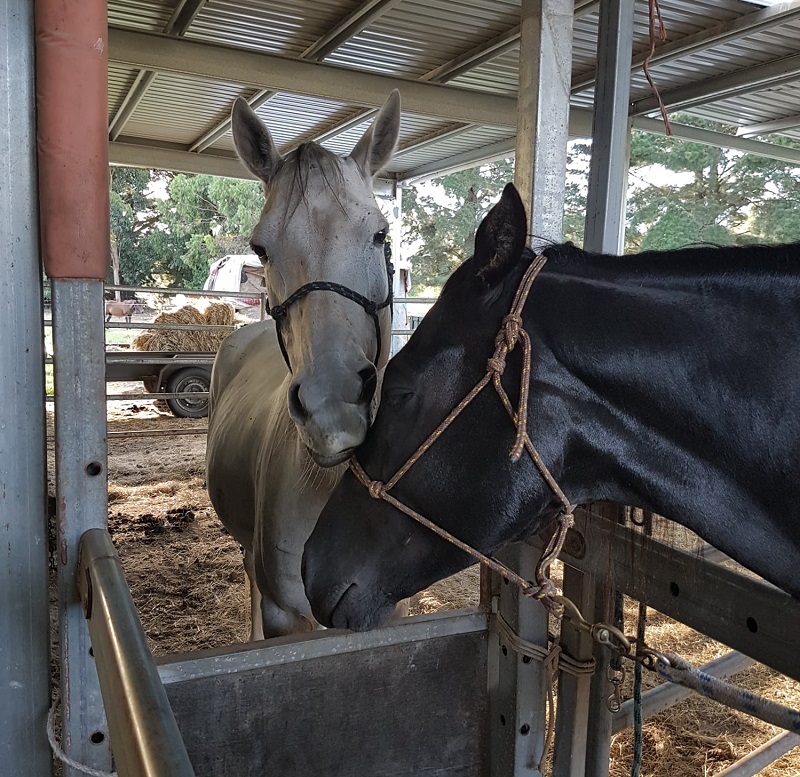
Stallions are social animals but unfortunately, we can rarely give them the social structure and level of interaction with other horses that they encounter in the wild. But that’s not all bad, since life in the wild can be pretty rough and it certainly isn’t all beer and skittles. Also, since we can’t allow stallions free rein to run around to fight and mate as they please, we pretty much have no choice but to restrict their movement and level of interaction with other horses. The goal is to find a compromise that keeps them happy and healthy and our sanity intact.
I believe that stallions that stand at stud should be working. Firstly, that shows mare owners that a stallion has working ability and is of sane mind and body. Secondly, it gives these guys something to do, which is super important to keep them mentally and physically fit and well. Work also provides one on one time with humans. I will admit I have not worked with every stallion I’ve ever owned, but it is what I aim to do, and have managed in most cases.
Additionally, I run my young colts for as long as possible with other males, to learn good manners with other horses and get exercise. But the time comes when that can’t continue and they need their own paddock. If at all possible, I like to keep a mare in with the stallion, but there are lots of reasons (including I don’t want to breed that season), why that can’t happen. Failing that, I like to house them so they have room to move and plenty of other horses nearby. In some cases, I can have horses in adjoining paddocks to touch noses and groom over the fence, but again, that’s not always possible. Every stallion is different, and circumstances and available facilities also play a role.
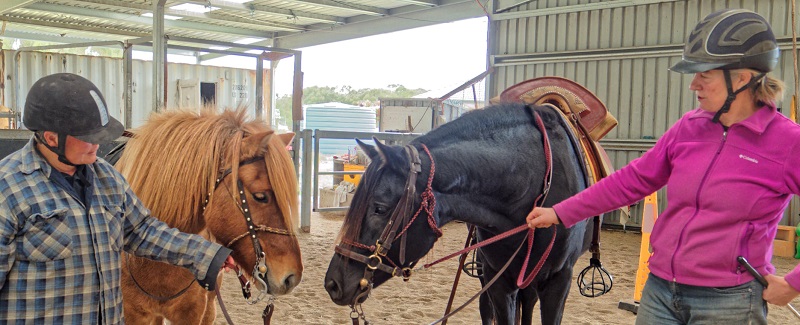
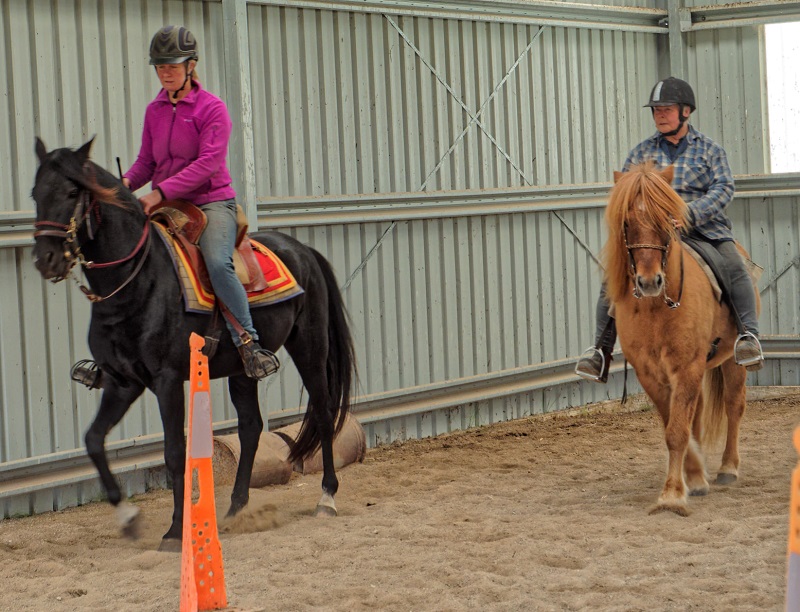
So when I start a rising 5 year old stallion under saddle (I only do groundwork prior to that), I like to ensure that I have other horses around as soon as possible. That way, right from the start, they know that riding means work (as opposed to sexy time), and work might involve the presence of other horses. So whether it is while saddling up, or waiting around, or while riding, I often have a gelding or two in the stables nearby. Or I might stable the young stallion next to a gelding (after testing that this is ok, and staying at least within earshot the first few times). This of course only works if the stables/yards are safe and sturdy, as stallions have a habit of pushing and/or waving their front feet around. So this is not ideal over a wire fence…
I will decrease the distance between them until I can have them tied up near or across from each other, or ride past with no more reaction than a look and acknowledgement. Transgressions incur a voice reprimand, and that is generally all that is needed. But equally, when the boys are nice to each other, it’s pats all around and they are told they are fantastic. That way, the stallion gets the education he needs while giving him a opportunity to enjoy the company of some “mates”. This also sets me and him up for success when we have someone else come along for a ride. I usually take a stallion out alone for the first few rides, but after that they need to learn to do their job in a group.
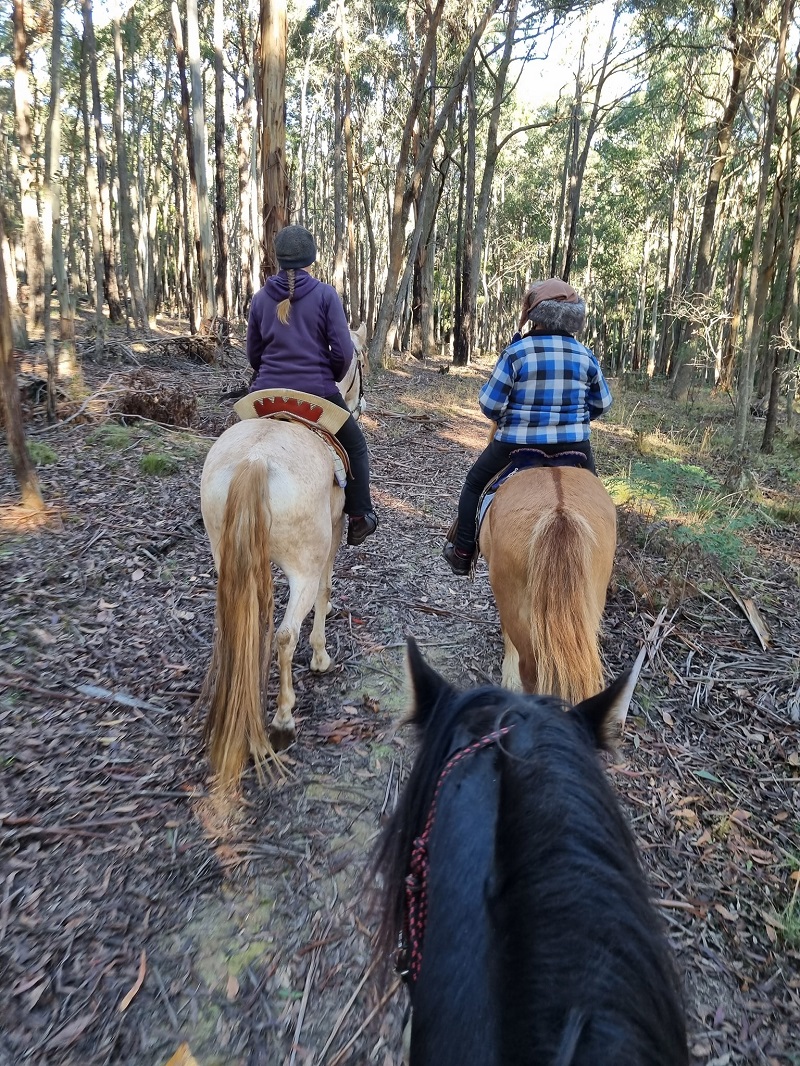
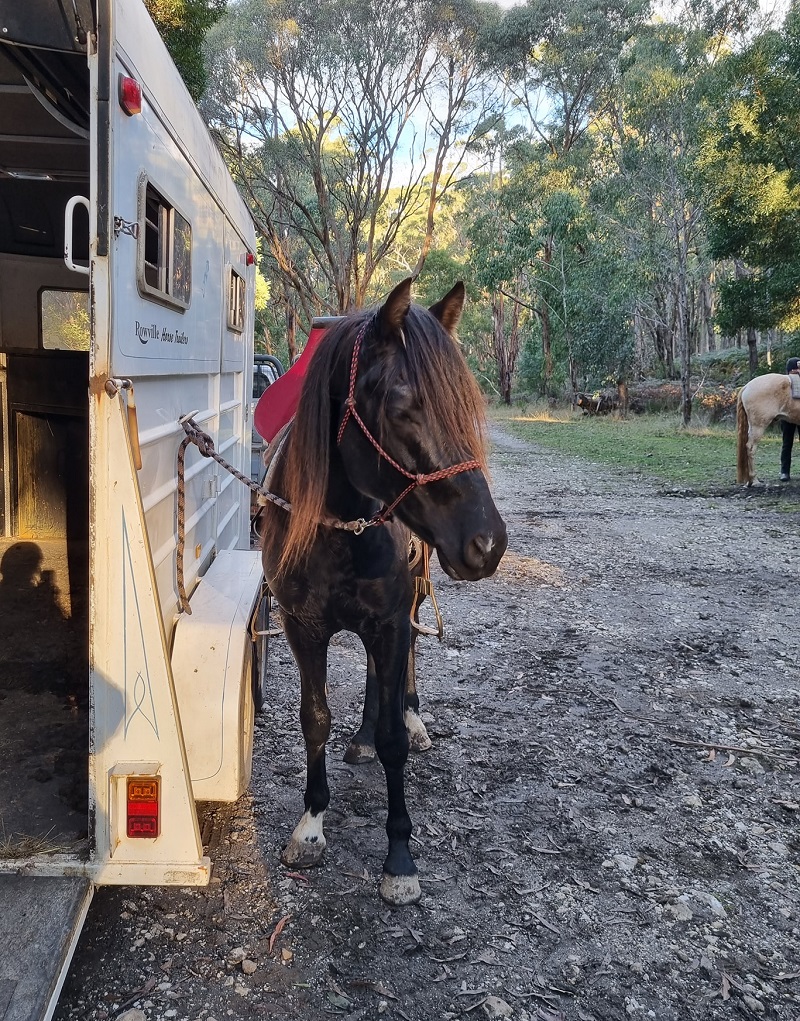
At the beginning, this ‘group’ is one of the geldings he knows, then a couple, and soon there is no issue to go out with others, including mares, as long as the other riders are made aware that we might need a little space (just in case…). Even if he has a bit of an opinion about other horses, good preparation will reduce the incidence of unwanted behaviour, and increase our chances to getting him to use his top brain again immediately. Fairness and consistency is the key in all this work. I found that this way, the stallion learns his new job, he has exercise to keep his mind and body busy and he has some happy time with the other chaps to fill his need for social interactions. This is how I end up with stallions I can take out in public, ride at events or out on the trail, stallions that are good equine citizens, fun to be around and that are a credit to my stud and their breed.
